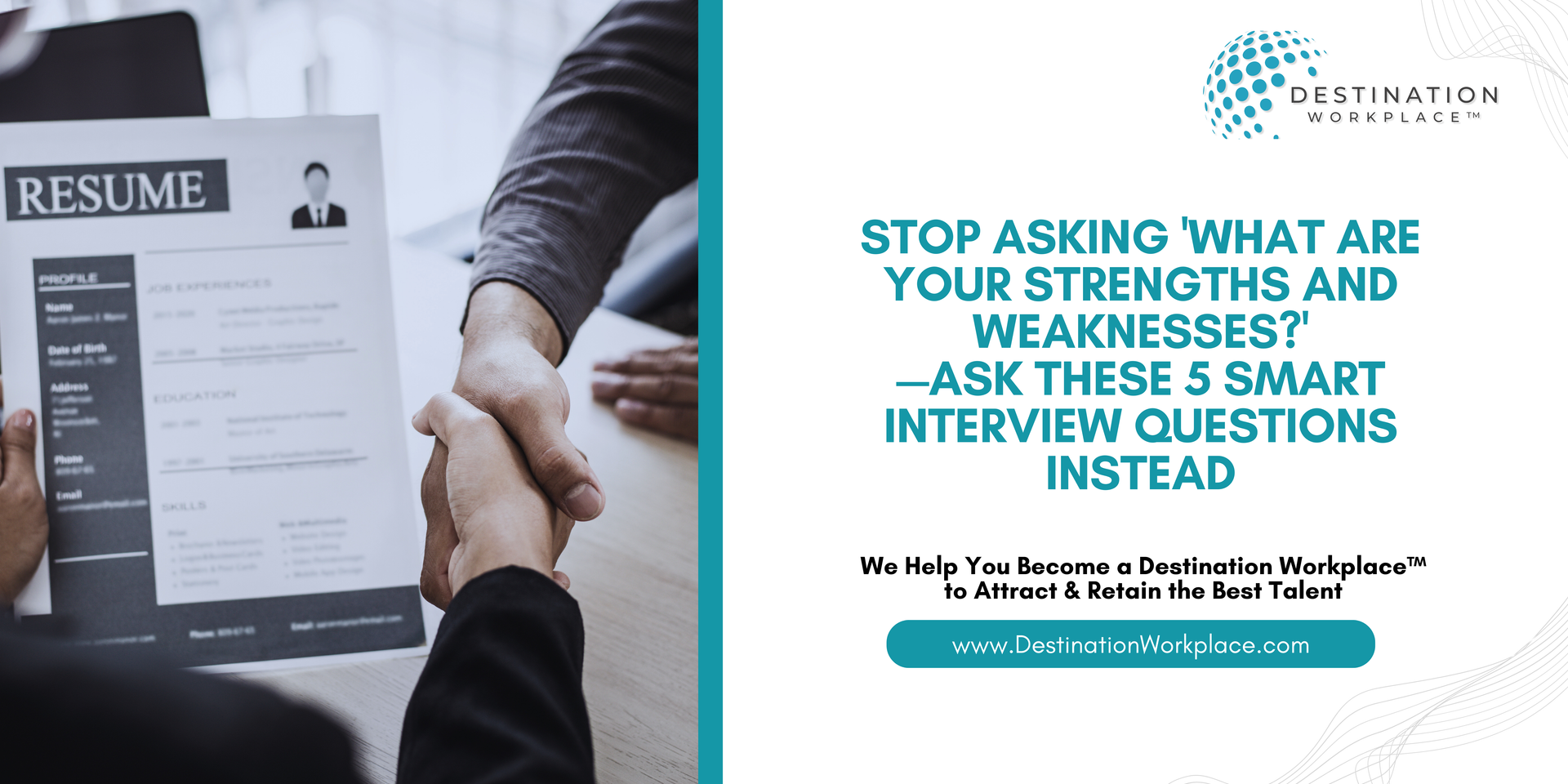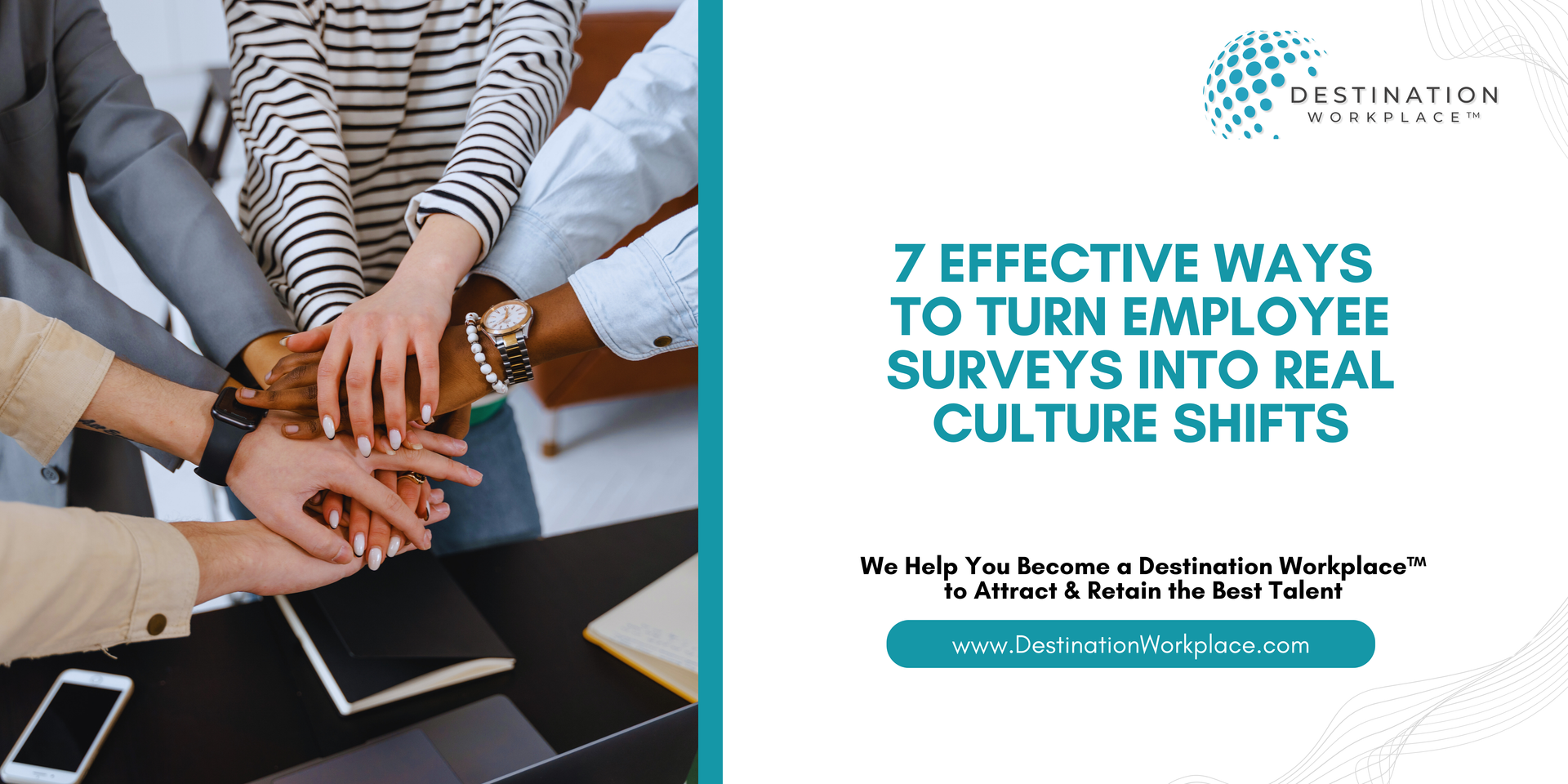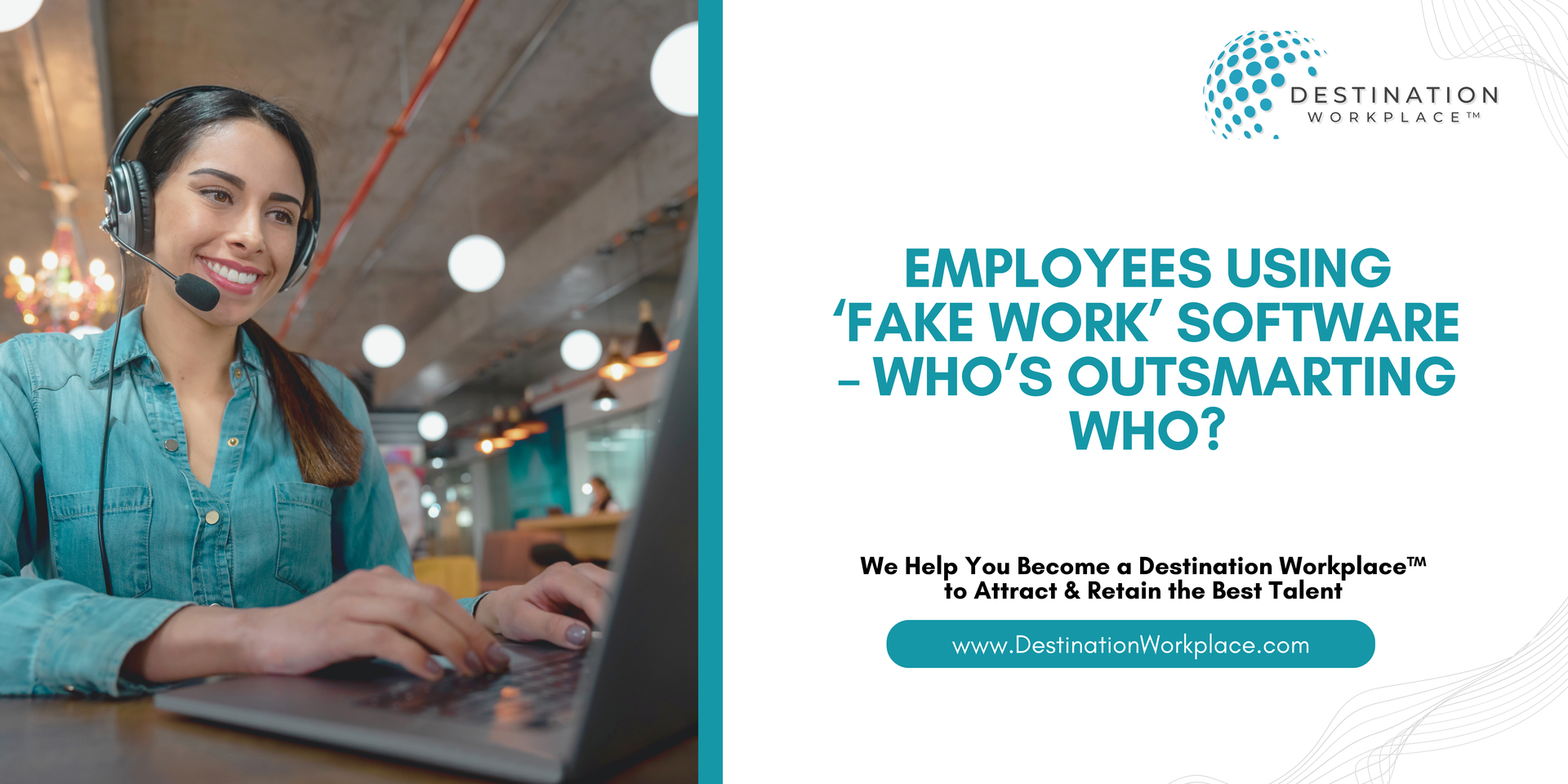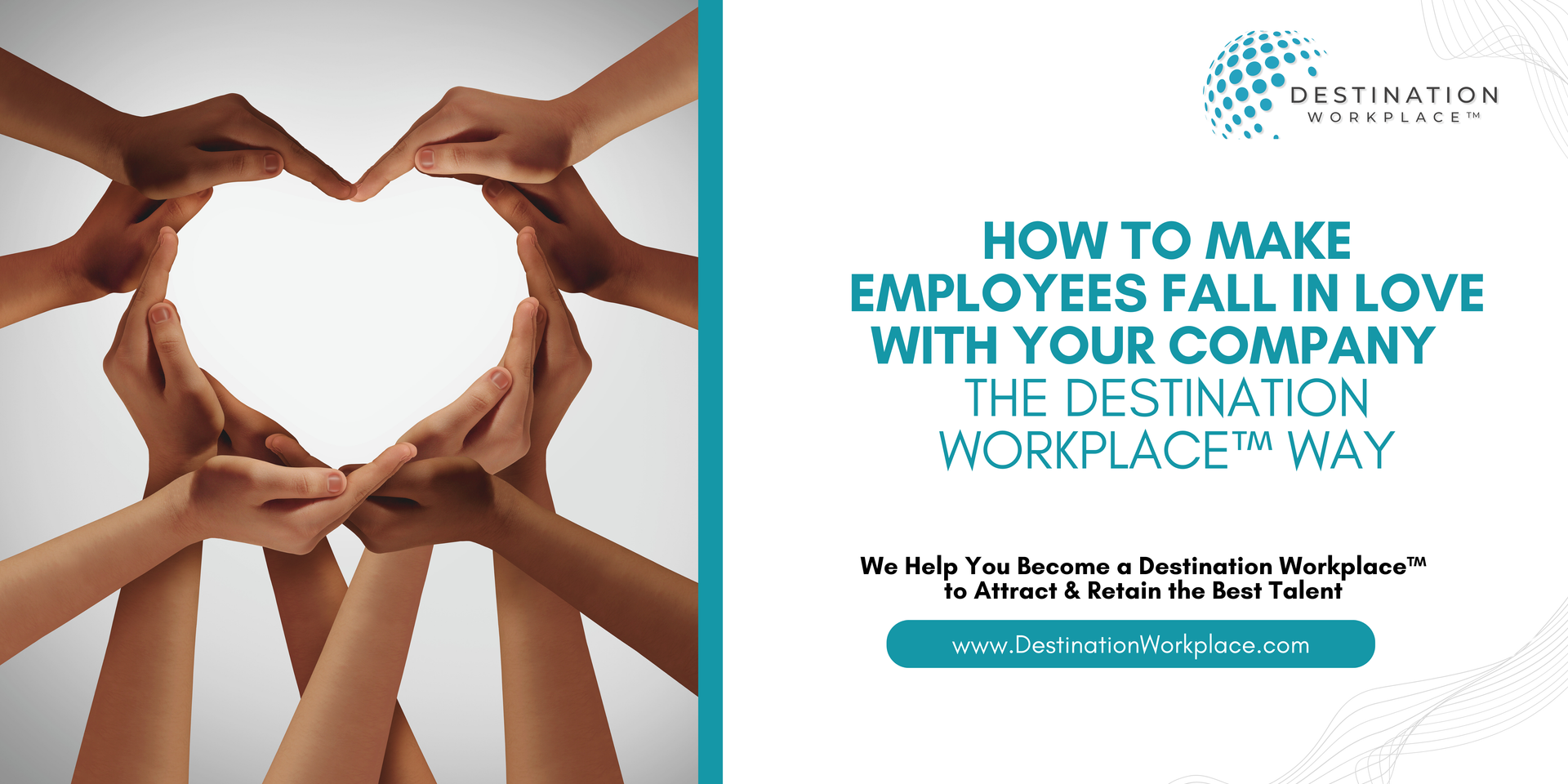Is Your Onboarding Process Costing You Good Talent?
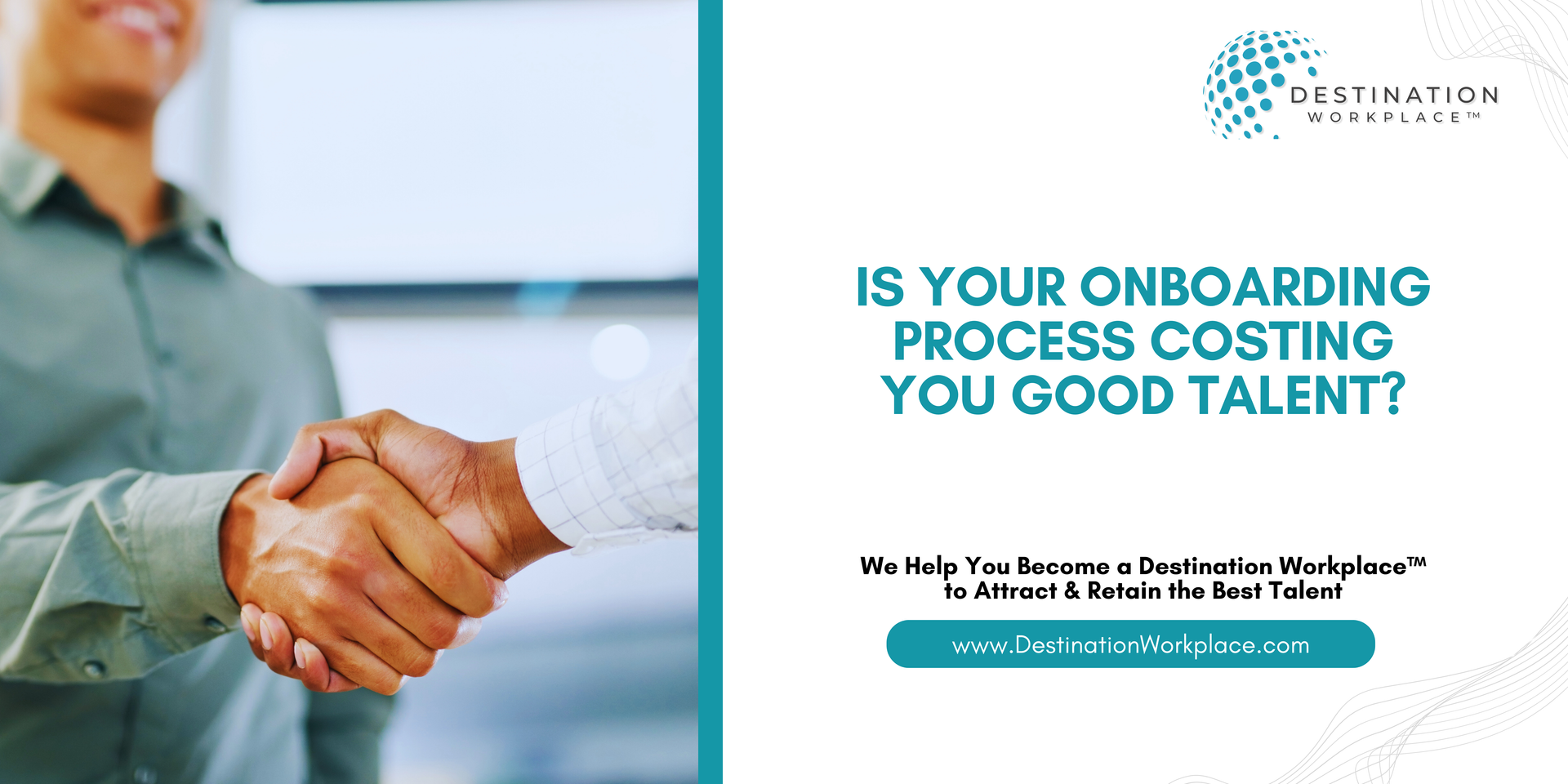
The first 90 days of an employee’s journey can determine whether they become a long-term, engaged team member or leave before they’ve even had a chance to make an impact. A poor onboarding experience isn’t just a minor inconvenience—it can cost companies top talent, lower morale, and reduce productivity.
According to the National Workplace Trends Study, organizations with strong workplace cultures and clear employee engagement strategies see higher retention rates and stronger job satisfaction. However, a rushed, ineffective onboarding process can send new hires running for the door—leading to higher turnover costs, lost productivity, and damage to employer reputation.
So, is your onboarding process helping you retain top talent, or is it pushing them away? Let’s explore five key areas where onboarding often falls short—and how to fix them.
1. The First Impression Problem: Employees Feel Disconnected
New hires are looking for a clear sense of purpose and belonging from day one. Yet, 29% of employees wouldn’t recommend their current workplace, often due to a lack of connection with leadership and company culture (National Workplace Trends Study).
Fix It: Make the First Day a Culture-Immersive Experience
- Assign a mentor or onboarding buddy to each new hire.
- Begin with a mission-driven introduction, helping employees see how their role ties into the company’s bigger picture.
- Foster connection early with team meet-and-greets, leadership Q&A sessions, and interactive orientation sessions.
✅ Pro Tip: Storytelling matters. Share success stories of employees who started where they are now and thrived within the company.
2. Information Overload & No Structure
One of the biggest onboarding mistakes is overwhelming new hires with too much information too fast—or not enough structure at all. Employees need clarity, not chaos.
Fix It: Build a Structured Onboarding Roadmap
- Break onboarding into digestible phases: First week, first month, first 90 days.
- Use interactive training methods, like shadowing sessions, online learning platforms, and real-world practice.
- Schedule regular check-ins with HR and leadership to address questions and concerns.
✅ Pro Tip: Studies show that companies with structured onboarding see 58% higher new-hire retention than those without a plan.
3. Lack of Career Pathing & Growth Conversations
64% of employees say a clear career path motivates them to stay in a job (National Workplace Trends Study), yet most onboarding programs focus only on immediate tasks—not long-term growth.
Fix It: Integrate Career Development from Day One
- Create a clear career roadmap with defined growth milestones.
- Conduct “vision for the future” meetings with leadership during onboarding.
- Introduce mentorship programs to help new hires build valuable professional relationships.
✅ Pro Tip: Encourage managers to host career pathing conversations at least twice a year—employees who see a future in the company are more likely to stay.
4. Poor Leadership Engagement
Employees don’t just quit jobs; they quit bad leadership. A staggering 57% of employees say they lose trust in leadership when transparency is lacking (National Workplace Trends Study). If leaders are disengaged during onboarding, new hires may feel unsupported and uncertain about their future in the company.
Fix It: Get Leadership Involved in Onboarding
- Have leaders personally welcome new hires via video or in-person meetings.
- Schedule monthly “Ask Me Anything” (AMA) sessions where employees can connect with senior leaders.
- Encourage leaders to set clear performance expectations and provide constructive feedback early.
✅ Pro Tip: 52% of employees would accept lower pay to work for a leader they respect. Strong leadership presence in onboarding is a critical retention tool.
5. Failing to Check for Onboarding Success
One of the biggest missed opportunities in onboarding is not collecting feedback from new hires. If companies aren’t actively asking employees how their onboarding experience is going, they risk repeating mistakes that lead to early turnover.
Fix It: Use Data to Continuously Improve
- Implement 30, 60, and 90-day surveys to track onboarding effectiveness.
- Create an open feedback loop where employees feel comfortable sharing concerns.
- Use analytics to measure time to productivity, retention rates, and engagement levels among new hires.
✅ Pro Tip: Employees who feel heard during onboarding are more likely to become engaged, long-term contributors.
The High Cost of Poor Onboarding
If your onboarding process isn’t built for success, you’re not just losing new hires—you’re losing money, productivity, and company reputation. Consider these stats:
🚨
Replacing an employee costs up to 33% of their annual salary—a huge financial burden for organizations.
🚨
42% of Gen Z employees plan to look for a new job within the next 12 months—strong onboarding can help retain this talent.
🚨
81% of employees believe that successful companies prioritize learning and development—yet many onboarding programs fail to address this need.
If your organization is seeing high turnover, disengaged employees, or poor hiring ROI, it’s time to rethink your onboarding strategy.
Final Thoughts: Becoming a Destination Workplace™ Starts with Onboarding
A great onboarding experience is the foundation of an engaged, high-performing workforce. It’s not just about getting employees up to speed—it’s about setting them up for long-term success, connection, and growth.
By focusing on structure, leadership involvement, career pathing, and feedback loops, organizations can transform onboarding into a powerful retention tool. Companies that do this effectively will not only keep their best employees but will also become a Destination Workplace™—a company where people want to work, grow, and stay.
Quick Tips for Onboarding Success:
✔️
Make onboarding culture-driven – Help employees connect with the company mission early.
✔️
Break onboarding into phases – Structure learning over the first 90 days.
✔️
Show leadership presence – Leaders should be actively involved.
✔️
Incorporate career growth – Show employees a future within the company.
✔️
Collect feedback regularly – Track success and continuously improve.
Want to create an onboarding process that attracts and retains top talent? Let’s build a Destination Workplace™ together. 🚀
Creating a winning company culture takes effort, but it's well worth it, and company culture happens to be our area of expertise. We help you become a Destination Workplace™ so you can attract and retain the best talent in this hyper-competitive marketplace. Contact us to learn about our leadership development, culture development, corporate wellness programs and more!
The Destination Workplace™ Team

